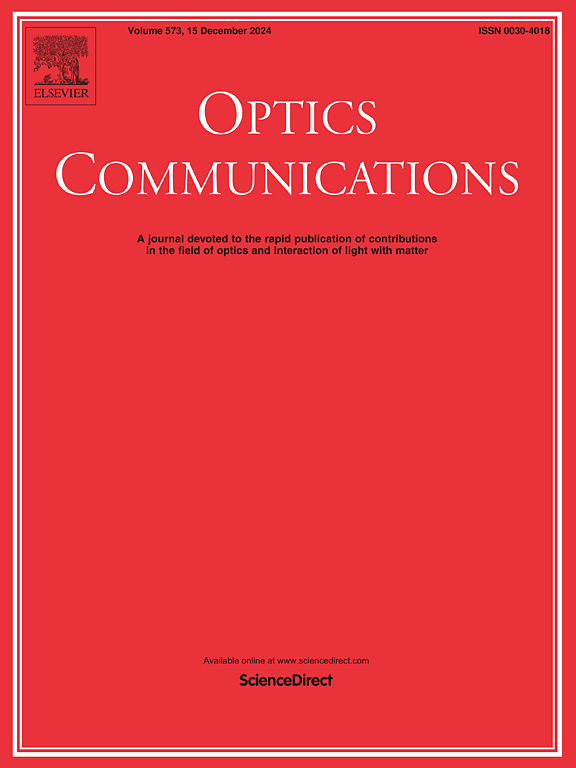Design, simulation, and comparison of optofluidics & sensing schemes for integrated optic biosensors
IF 2.2
3区 物理与天体物理
Q2 OPTICS
引用次数: 0
Abstract
Integrated Optic waveguide-based sensors are promising solutions for various applications, notably in the label-free detection of chemical and biological substances. For optimal sensitivity, the guided mode should interact with biomaterial. In this research article, we have considered Hollow-core waveguides and Strip waveguide-based biosensors. Hollow-core waveguides are analyzed as optofluidic devices in which bio-analytes form the core. Strip waveguide - Silicon on Insulator (SOI) has been considered for simulation purposes. Bulk sensing and Surface sensing scheme mechanisms were used to study the variations when bio analyte was encountered with waveguide material. In this article, we modelled, simulated, and analyzed two types of waveguides viz., Optofluidic channel with biomaterial as core, bulk sensing with biomaterial as clad covering the Silicon strip waveguide, and surface sensing with biomaterial covering the surface of the waveguide. Optofluidic channel with sensitivity in refractive index unit (RIU), the range of 2.4∗10 −2/RIU to 2.8∗10 −2/RIU; Bulk sensing sensitivity in the range of 2.5∗10 −1/RIU to 3.7∗10 −1/RIU; Surface sensing sensitivity in the range of 1.96∗10 −2/RIU to 2.9∗10 −3/RIU for different biomaterials. The main reason for selecting these ranges is that they represent practical and achievable values based on the physical interaction between light and biomaterials. These ranges also consider the technological constraints and the objectives of various biosensing applications. The novelty of the optofluidic scheme emanates from the ability to integrate fluidic and photonic elements to allow label-free detection due to the compact designs and high sensitivity. The optofluidic scheme offers advantages over bulk sensing (which relies on external cladding materials) and surface sensing (which only probes the interface) by providing volumetric sensing capabilities. We observed and analyzed results to derive design guidelines. Our findings assist in choosing an appropriate platform and optimizing sensitivity by the effective refractive index for the given bio application.
求助全文
约1分钟内获得全文
求助全文
来源期刊

Optics Communications
物理-光学
CiteScore
5.10
自引率
8.30%
发文量
681
审稿时长
38 days
期刊介绍:
Optics Communications invites original and timely contributions containing new results in various fields of optics and photonics. The journal considers theoretical and experimental research in areas ranging from the fundamental properties of light to technological applications. Topics covered include classical and quantum optics, optical physics and light-matter interactions, lasers, imaging, guided-wave optics and optical information processing. Manuscripts should offer clear evidence of novelty and significance. Papers concentrating on mathematical and computational issues, with limited connection to optics, are not suitable for publication in the Journal. Similarly, small technical advances, or papers concerned only with engineering applications or issues of materials science fall outside the journal scope.
 求助内容:
求助内容: 应助结果提醒方式:
应助结果提醒方式:


